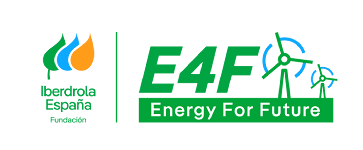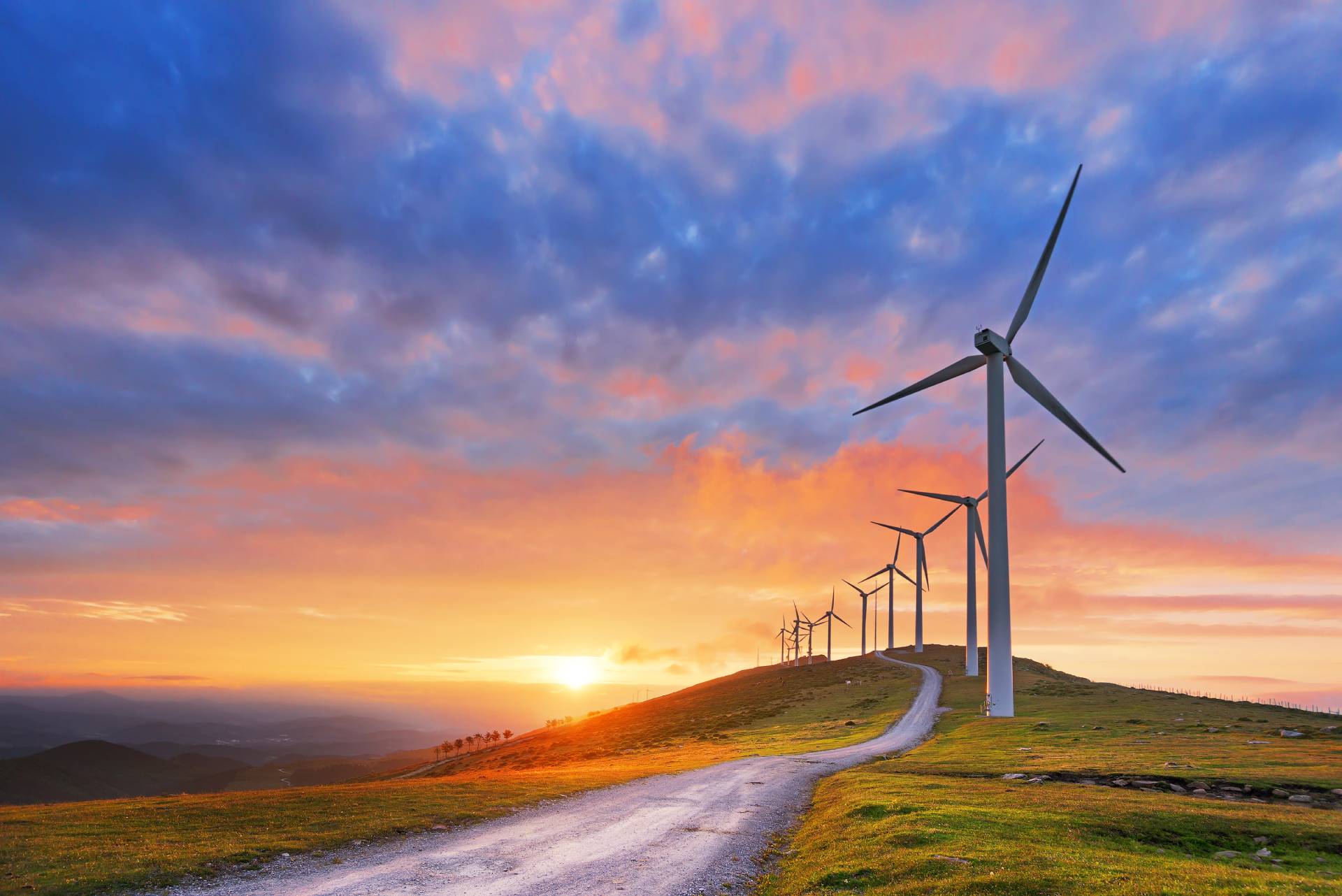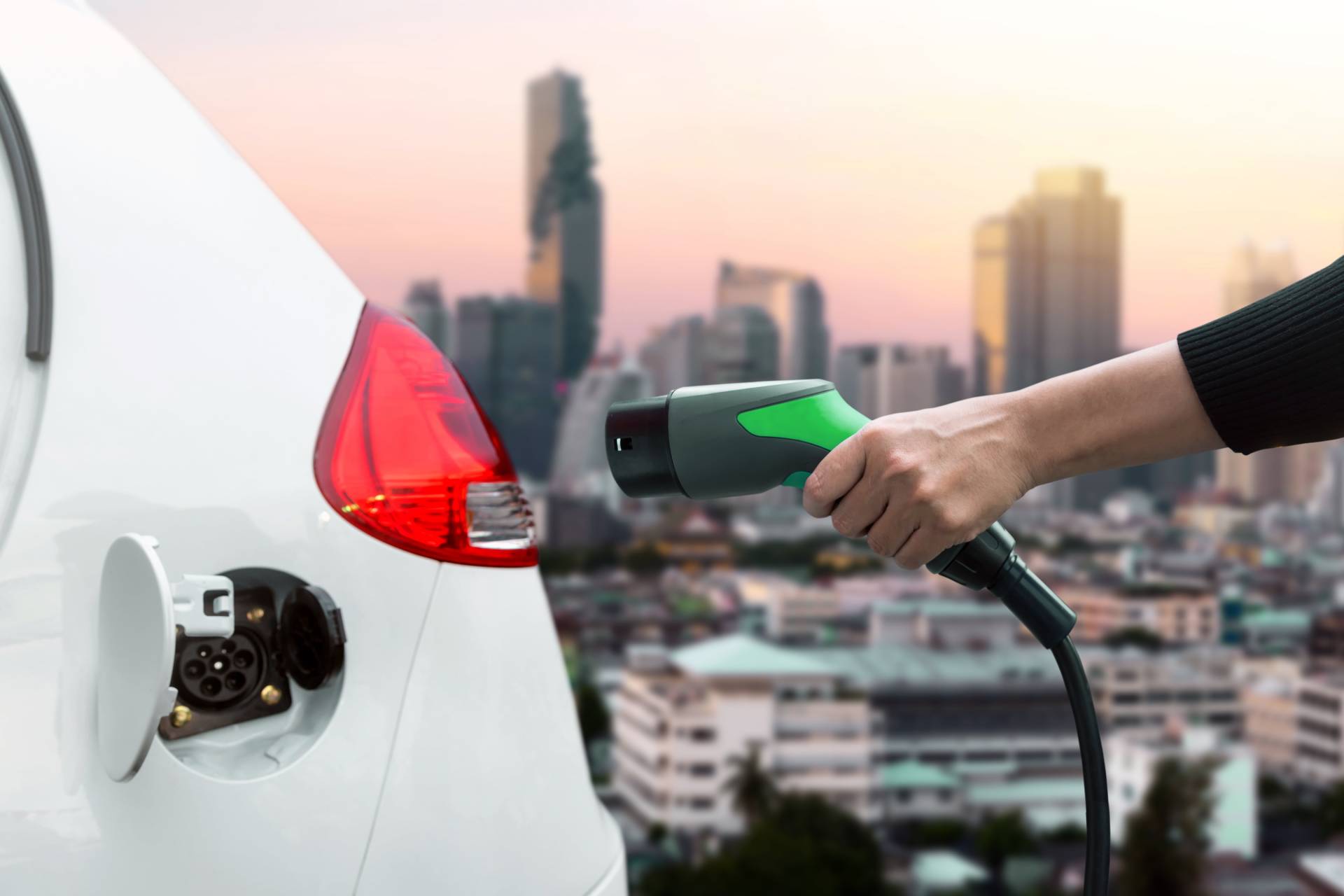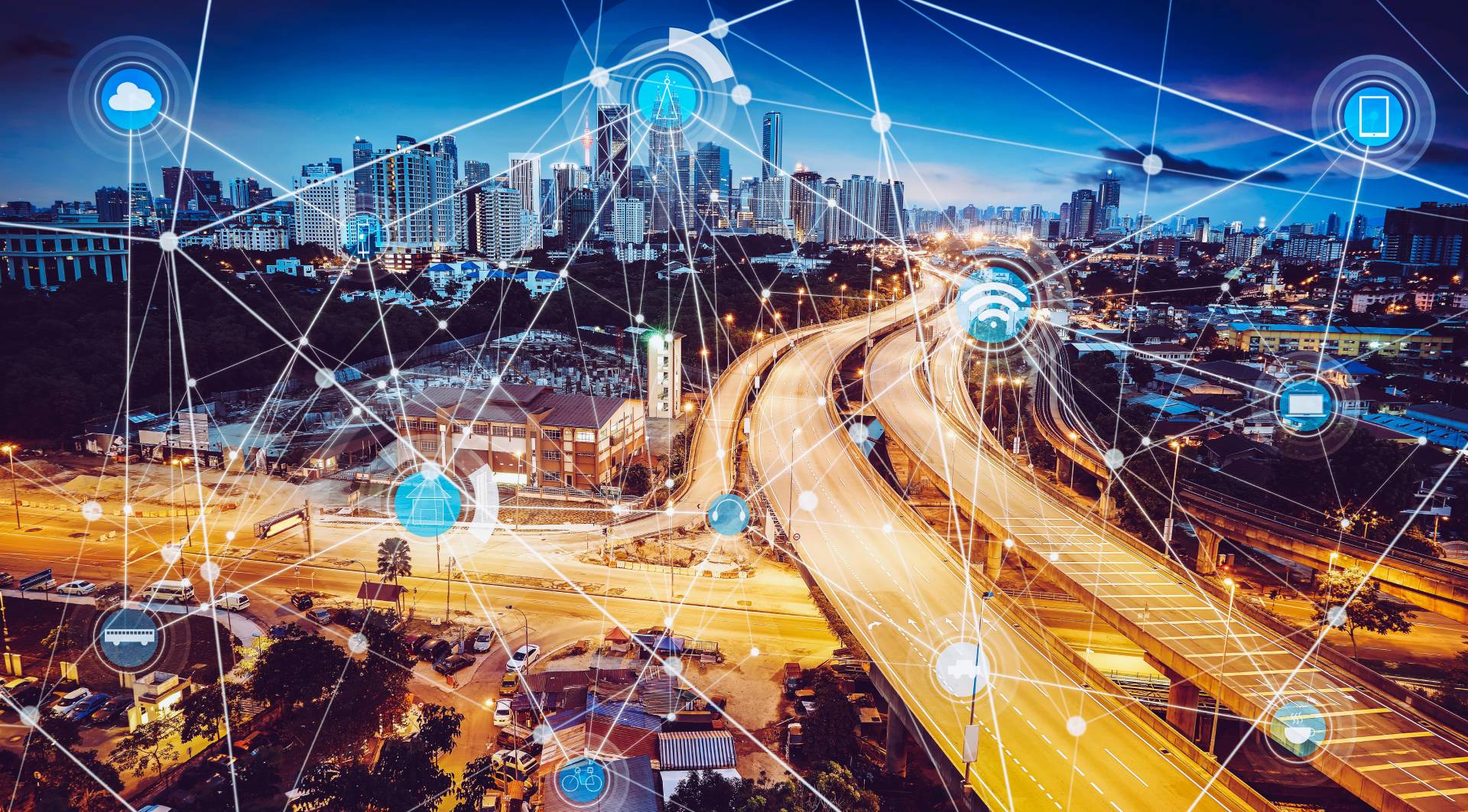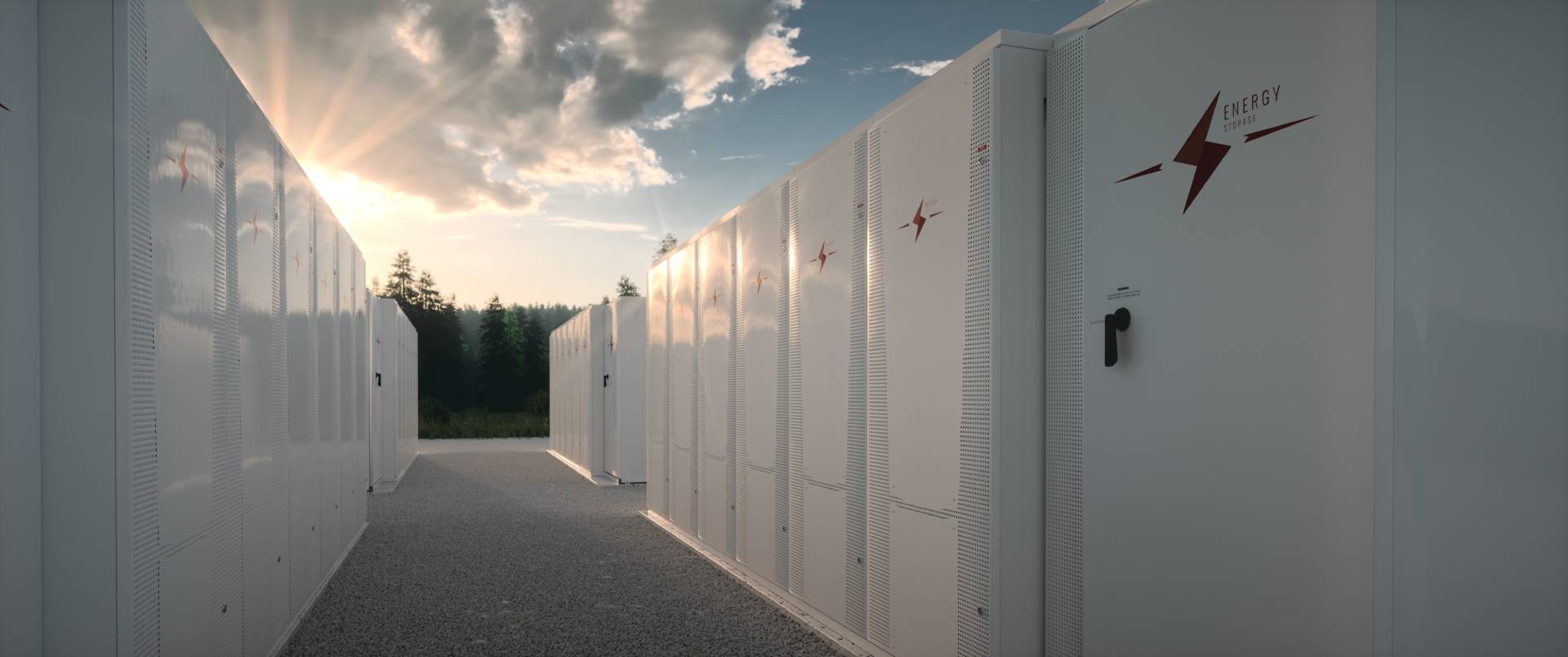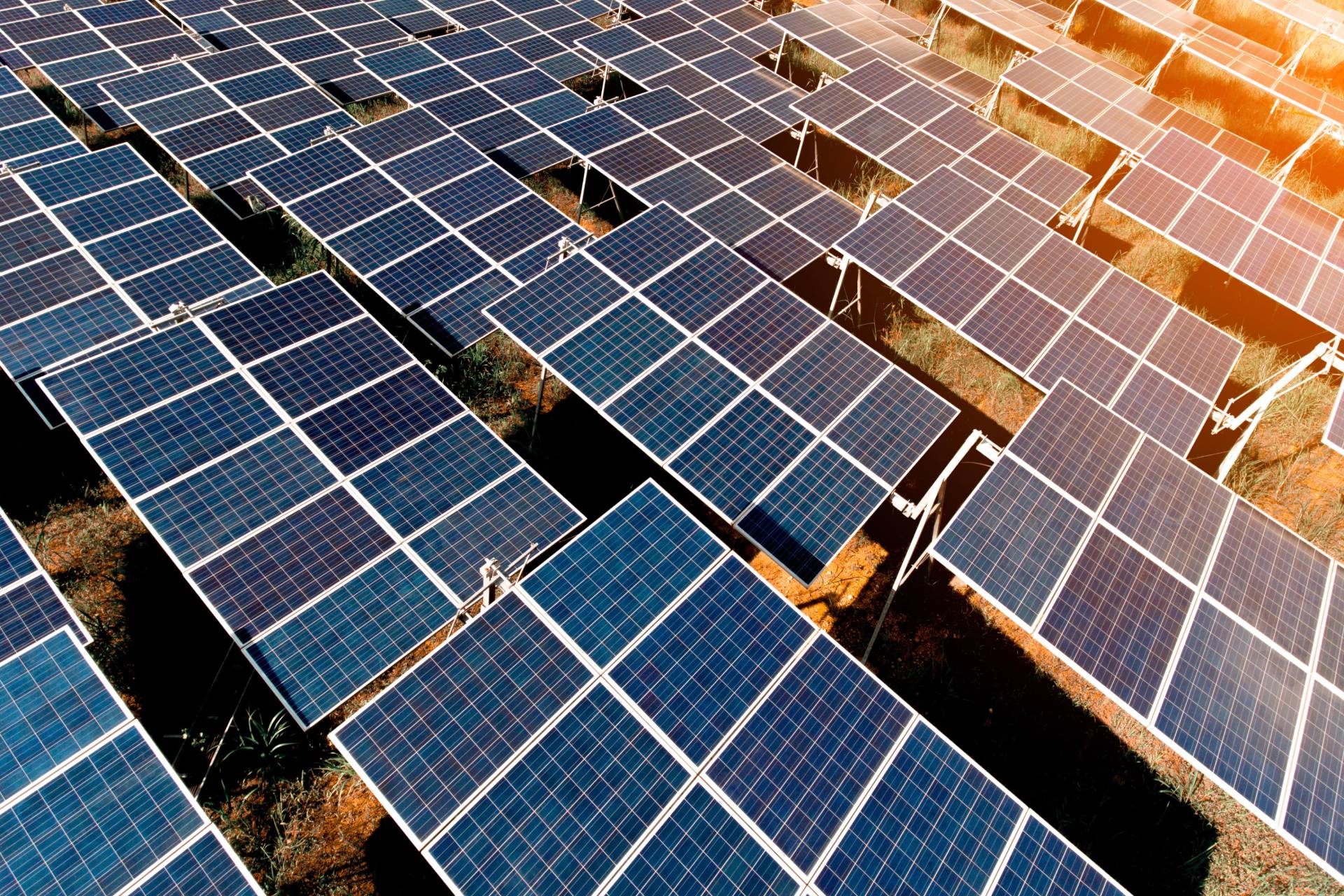
Wind Energy

Wind Energy (WiE)
By 2030, a strong average reduction in unit CAPEX is expected in new farms, but innovations are also going in the direction of increasing production and reducing OPEX:
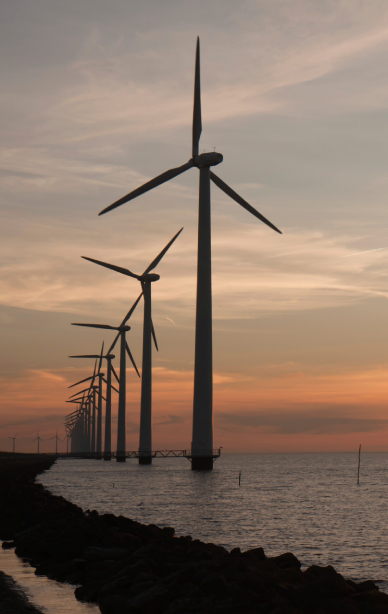
Wind Energy (WiE)
- Higher power turbines: increased turbine power
will lead to a reduction in the number of farm positions, resulting in lower unit investment costs ($/kW) and lower O&M costs. - Larger rotors: In line with the increased turbine power, rotors will reach a size of 175 m in onshore wind and 250 meters in diameter in offshore. The increase in rotor size will be achieved by using stronger materials and improving aerodynamics. These rotors will significantly increase the turbine load factor.
- Improvements in foundation design: There are different types of foundations, depending on the depth at which the wind turbine will be installed. In the case of offshore wind farms that need to erect the wind turbines at 30 meters above sea level, free from wave action, the gravity foundation system is usually used, which consists of using a large concrete or steel platform with a diameter of about 15 meters and a weight of approximately 1,000 tons. More complex support and anchoring structures are required at depths of less than 30 to 35 meters. In most cases, installation companies use jackets, foundations with a lattice structure featuring three or four anchor points on the seabed, which increase safety levels when anchoring the towers.
As for floating wind power, the evolution of the technology forecasts that by 2030 there will be an installed capacity worldwide of 5 to 10 GW, which means an average annual growth of 50 to 60%. Iberdrola positioning itself in the field of floating offshore wind energy. Iberdrola will develop several initiatives to help reduce the LCOE, test the feasibility of their installation in other locations in the Mediterranean Sea, Atlantic and Pacific Ocean, and study the cost and logistical feasibility of using concrete technology instead of steel.
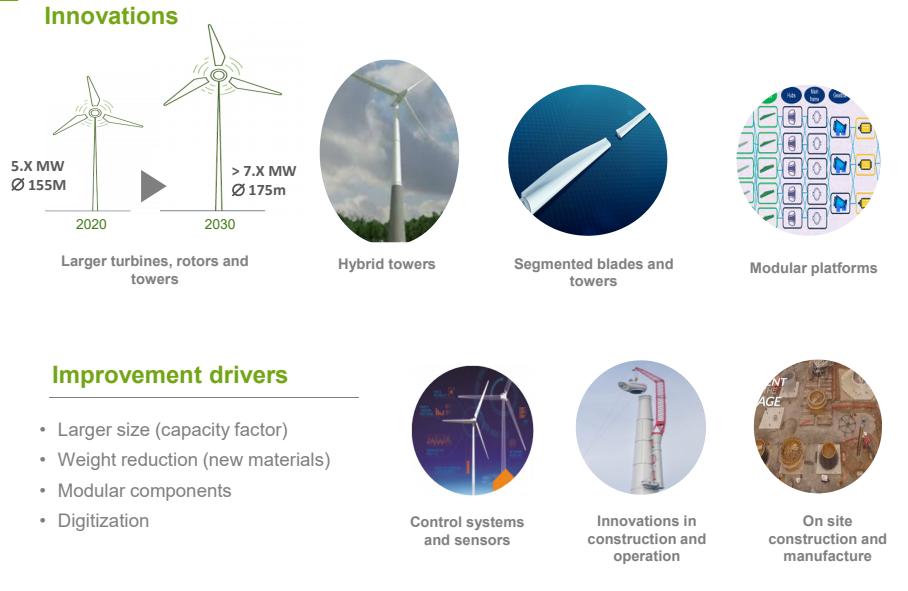
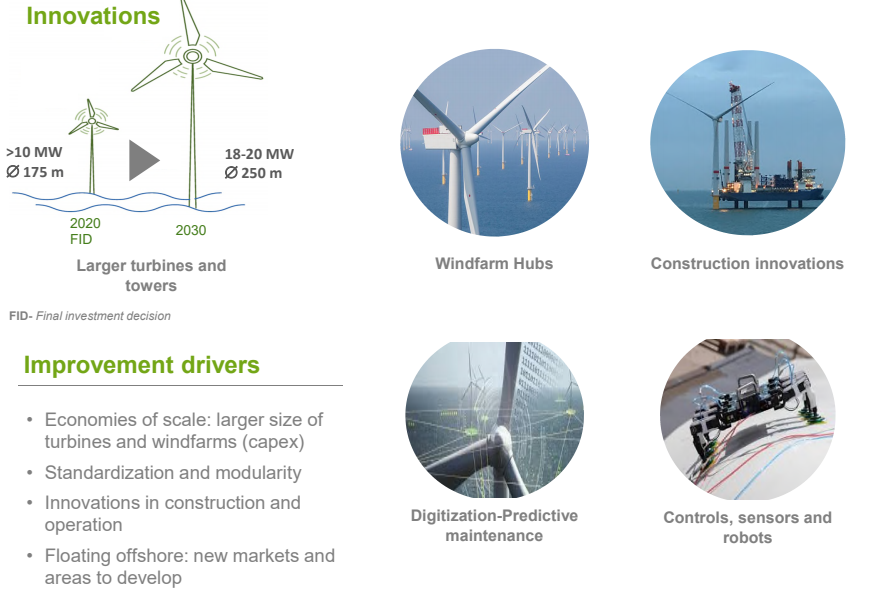
In addition, in the area of renewables, we are working on:
Developing internal tools to analyze component reliability, reducing operating and maintenance costs of major systems and reducing error rates are key actions that require continuous improvement, extending the life of our facilities beyond their design life, reducing their costs and impact and ensuring their reliability. It is also important to predict production in order to reduce deviations from actual production levels using tools such as machine learning. These lines of development pursue the following main objective of improving the efficiency of assets and processes:
- Energy resource: this line covers all activities in the field of energy resources (measurements, energy assessments, site classification studies, uncertainty analysis, resource studies based on actual operating data, climate studies, power curves, etc.). It also includes methodology, processes and instrumentation for any renewable energy source.
- Advanced predictive analytics system: Development of digital twins, a predictive system based on modeling the behavior of components reflecting the environment, age and current configuration of the operating asset, typically involving direct flow of asset data in tuning algorithms; evolution of the current statistical predictive monitoring system (Sentinel and Diagnostic Tool); use of new IT technologies: artificial intelligence and big data analytics. These tools make it possible to reduce component failure detection time and are more accurate than statistical monitoring solutions.
- Grid code: The grid code regulates the general conditions for connecting installations to the high and extra-high voltage grid. The rules of the grid code apply to all systems feeding into the control network, from a large power plant producing several hundred megawatts to a solar power plant. Among other things, the grid code defines the specific conditions that must be met for plants to receive prequalification and participate in the provision of grid frequency measurements. The high integration of renewable energy involves compliance with grid code requirements and the provision of ancillary services. It requires investigating power plant capabilities, grid code requirements and harmonization.
